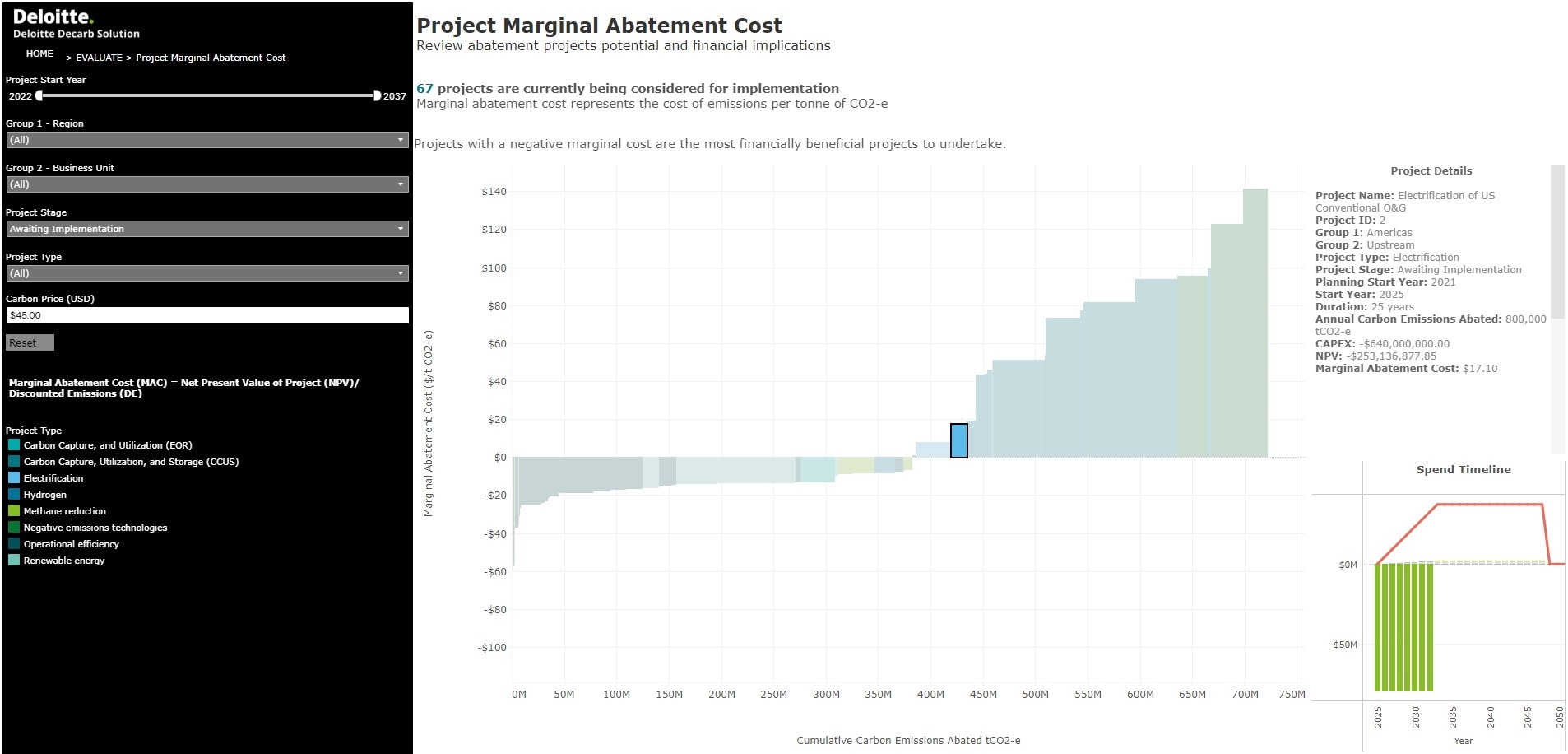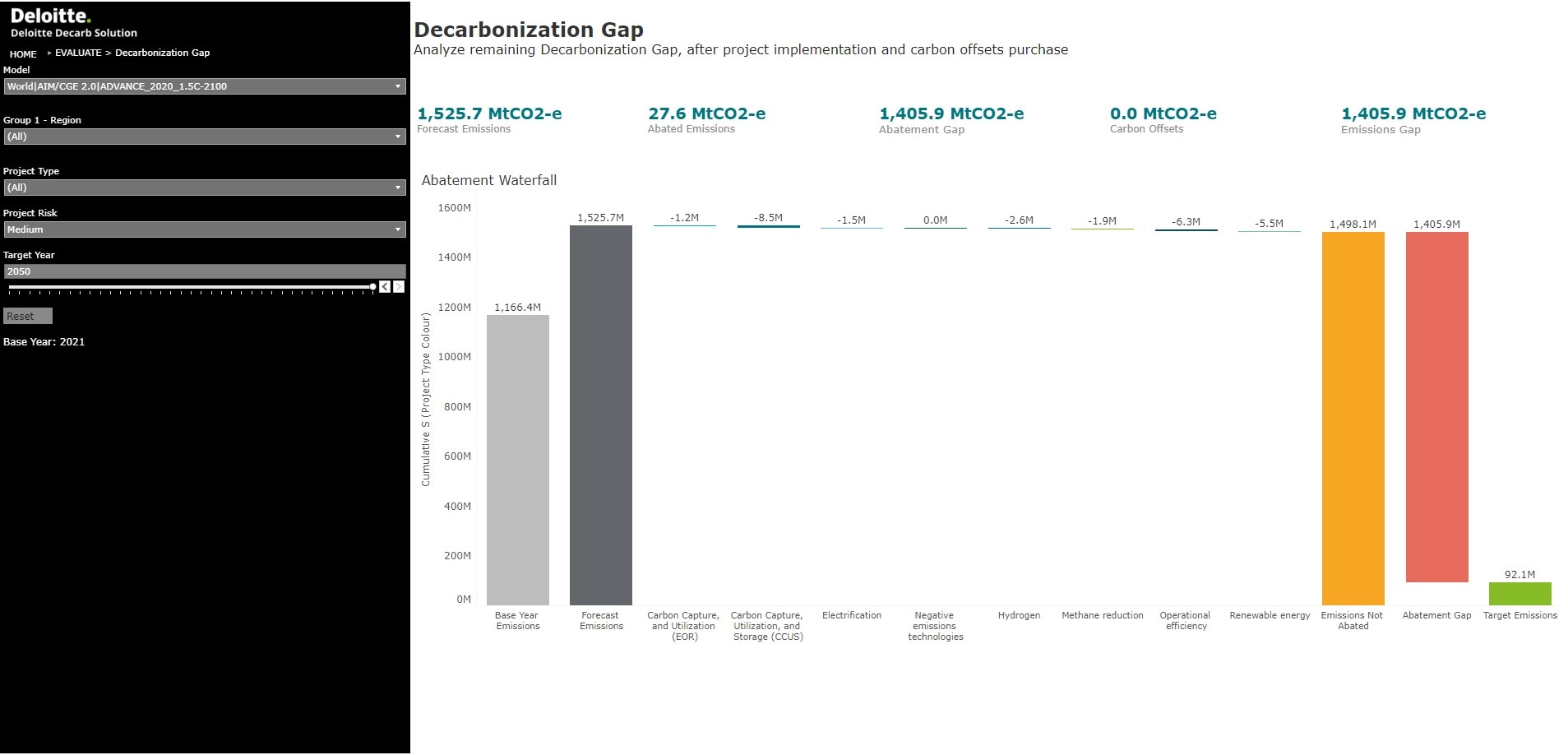Do you understand the financial impact of your net zero target? has been saved

Article
Do you understand the financial impact of your net zero target?
Deloitte's Decarbonisation Solution
Quantify the financial impacts of your decarbonisation target, ensure your decarbonisation strategy ties in with your current and future capital allocation plans, and prioritise your abatement opportunities.
Nicolai Lindbuechl, Junior Manager
Deloitte's Decarbonisation Solution
There is a growing consensus regarding the need to embed decarbonisation strategies within financial decision-making, if we are to stand any chance of meeting our net zero/carbon neutrality/Science based or any other decarbonisation targets.
Carbon pricing is one of the instruments increasingly used to allocate a financial value to GHG emissions, and is often used as a tool to identify potential risks and revenue opportunities, as well as the financial impact of current and future operational decisions based on their carbon intensity.
It is important to understand which projects will contribute to your target – and by how much, and whether you have the capital needed to finance them.
Combined with carbon pricing, marginal abatement cost curves are a useful tool for framing your abatement options, providing a clear and accessible way of prioritising your projects based on a simple economic metric (€/tCO2).
Deloitte’s Decarbonisation Solution offers an efficient and flexible way of integrating carbon pricing and marginal abatement costs into your decarbonisation strategy. It allows you to compare different abatement projects based on current expected costs (€/tCO2e) and emissions-reduction potential, and can be adjusted to account for market trends and geography.
Using a projected carbon price to determine the cost impact of doing nothing versus implementing decarbonisation projects now or at some point in the future enables businesses to treat carbon reduction as a cost-saving opportunity. The carbon price is currently relatively low – and is only set to rise – so deploying the Decarbonisation Solution now will help businesses make an informed decision on which abatement projects to implement, and when.

Once you have identified your priority abatement projects, the Decarbonisation Solution helps you to visualise your remaining decarbonisation gap, considering and accounting for emissions forecasts, flexible target-setting and future abatement technologies.

In summary, the tool evaluates your abatement projects, and helps you to prioritise abatement opportunities. To learn more, please do get in touch!
Your professionals – from energy managers to onsite operators – know your business best. At Deloitte, we know about climate and decarbonisation, industry, and finance, with specialists in grants and incentives, process optimisation and strategy. Together, we can identify the trade-offs between short-term goals and long-term business needs, to guide you on your decarbonisation journey.
Recommendations
Deloitte’s Decarbonisation Solution
A science-based approach to demystifying your net-zero target
Why decarbonisation needs to move from talk to action
For most companies, a net-zero commitment is a hollow promise



